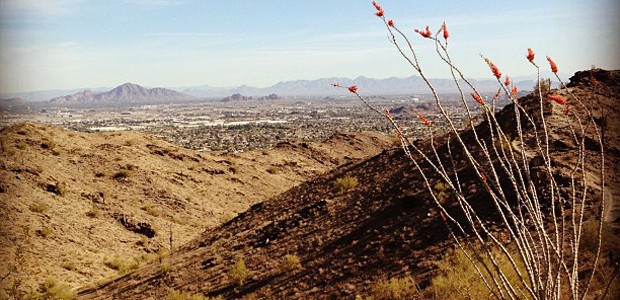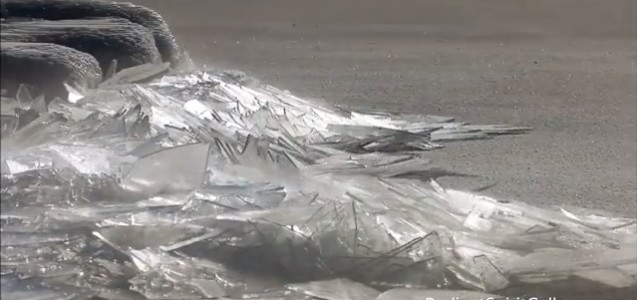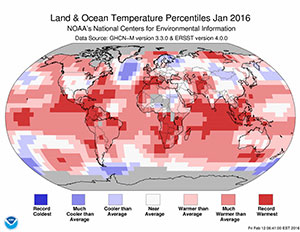-

This week Wednesday, Phoenix reported a high temperature of 90 F. This is the earliest that Phoenix has ever reported a 90 F reading. The average date is March 30, and the previous record was February 24, set in 1904 and 1986. This may be due in part to the continuing dry conditions in the…
Posted in: Climate and Ag in the news -

The latest edition of the CoCoRaHS blog has a description of the wacky weather that has been observed across the US so far this winter. You might enjoy reading the recap of everything that has happened so far at https://cocorahs.blogspot.com/2016/02/its-been-wild-wacky-winter.html.
-

In the past two days, friends have sent me very interesting images of cold weather phenomena that I think you would enjoy. One is a mesmerizing video of ice stacking on Lake Superior, which you can view at https://www.mnn.com/earth-matters/wilderness-resources/blogs/ice-stacking-lake-superior. The second is a spectacular image of sea smoke, also known as steam fog, described by Jason…
-

NOAA released their latest monthly global climate summary today, covering January 2016. The analysis shows that January 2016 was the warmest on record by far, going back to 1880, beating the old record from 2007 by almost 0.3 degrees. It is also the 9th month in a row to set a record for the globe. …
-

Chocolate is one of my favorite food groups. NOAA put out an article this week on how changes in climate are expected to affect the availability of cacao beans, the prime ingredient in chocolate. Perfect timing for Valentine’s Day! Surprisingly, it is not the increase in heat that will hurt the beans, but the lack…
-

The WaterDeeply web site has a new article describing the ravages that multiple years of drought are taking on forests and trees in California. According to the article 120 million trees there are at risk of dying due to the severe drought. This is a huge concern because of its potential for making wildfires in…
-

The State Climate Office of North Carolina published a report on the recent snow and severe weather that hit North Carolina in the last couple of weeks. You can access it on their blog at https://climate.ncsu.edu/climateblog?id=177&h=5666e5c1.
Posted in: Climate and Ag in the news